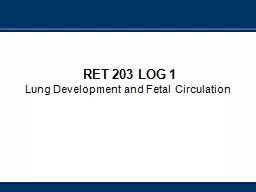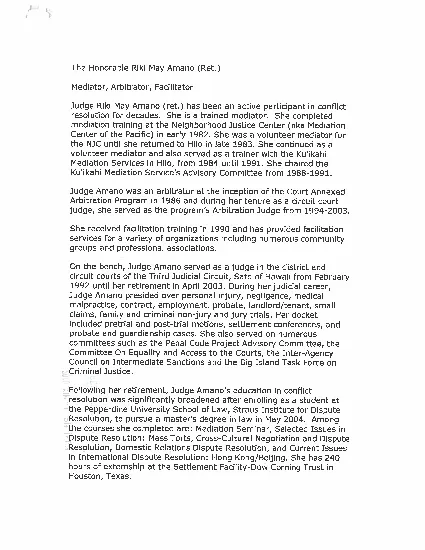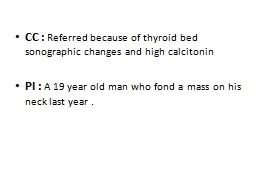PPT-RET 203 LOG 1 Lung Development and
Author : mary | Published Date : 2022-06-14
Fetal Circulation Does lung development end at birth What does an infant need to be able to do at birth What does lung development include 50 250 million 3 m
Presentation Embed Code
Download Presentation
Download Presentation The PPT/PDF document "RET 203 LOG 1 Lung Development and" is the property of its rightful owner. Permission is granted to download and print the materials on this website for personal, non-commercial use only, and to display it on your personal computer provided you do not modify the materials and that you retain all copyright notices contained in the materials. By downloading content from our website, you accept the terms of this agreement.
RET 203 LOG 1 Lung Development and: Transcript
Download Rules Of Document
"RET 203 LOG 1 Lung Development and"The content belongs to its owner. You may download and print it for personal use, without modification, and keep all copyright notices. By downloading, you agree to these terms.
Related Documents














